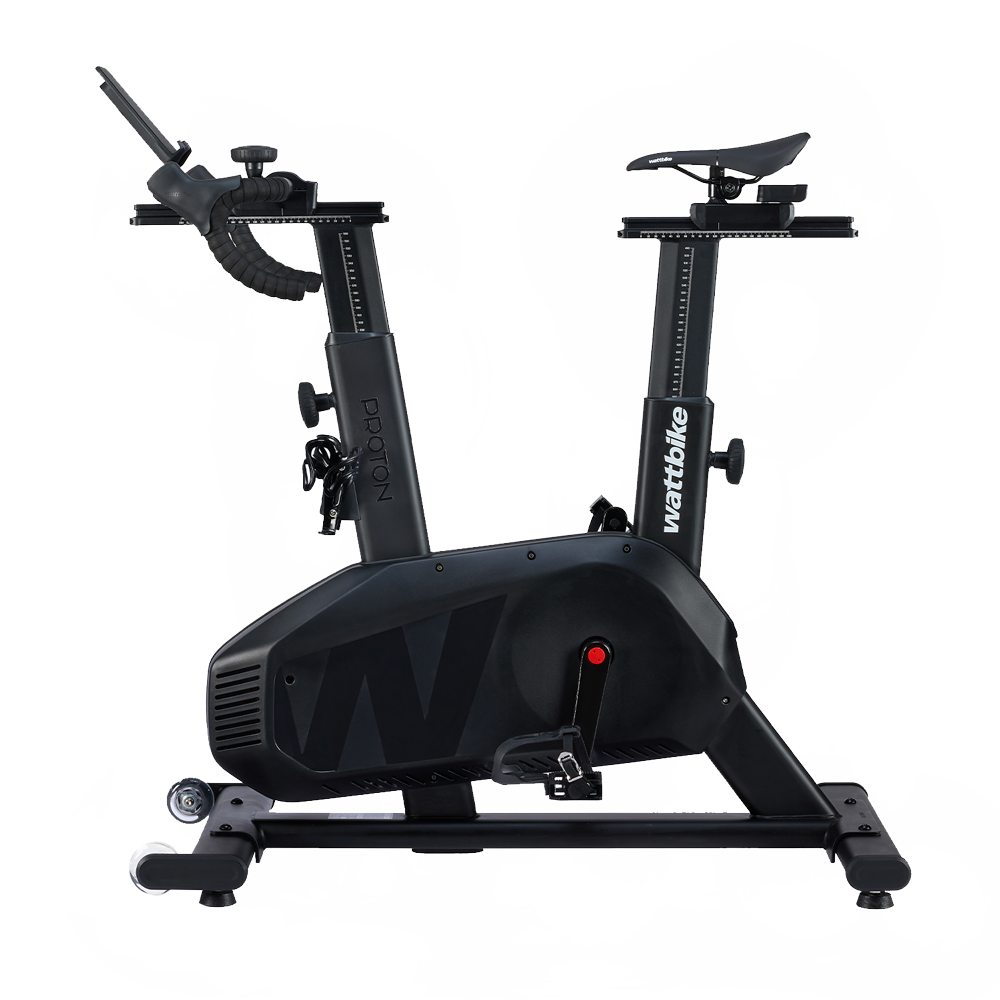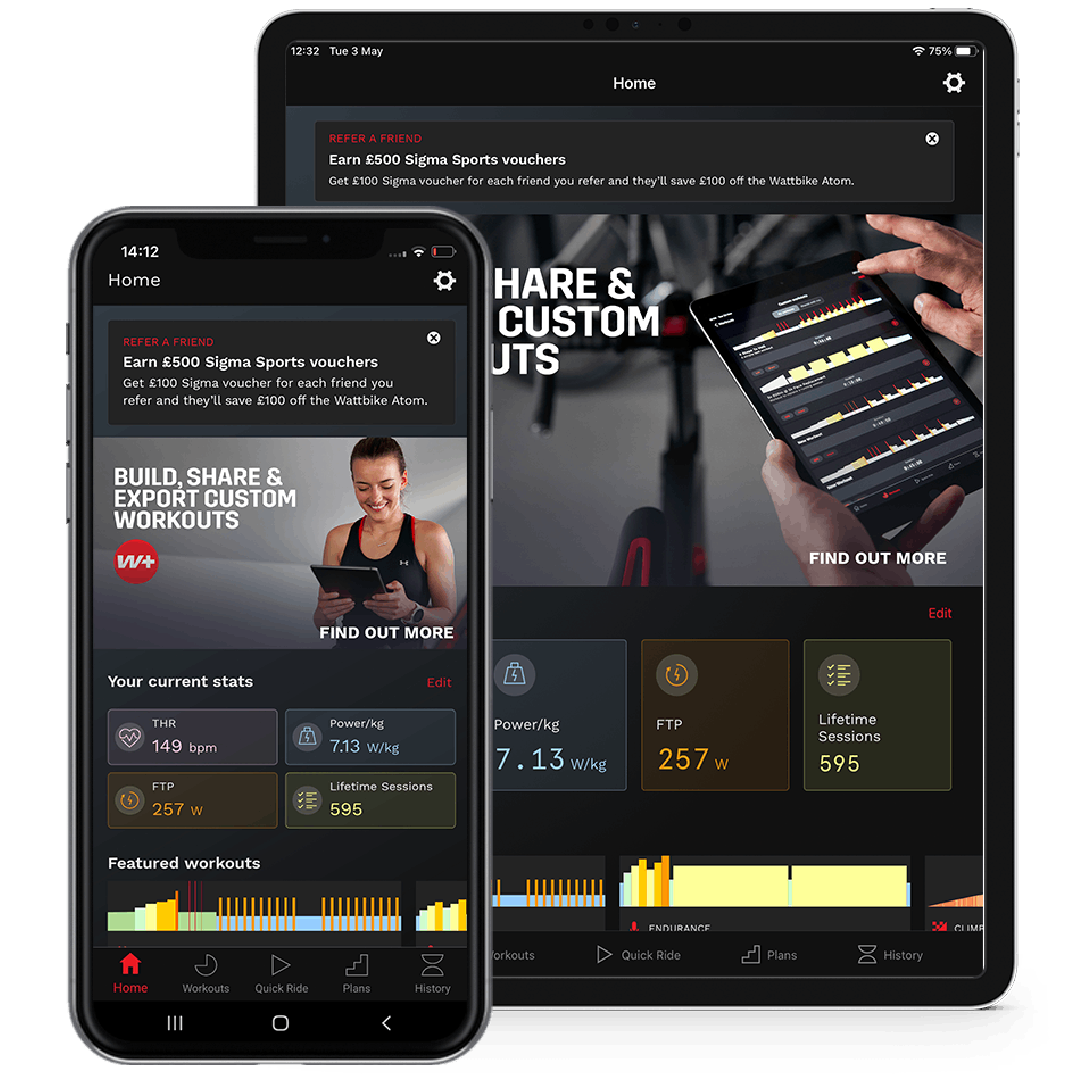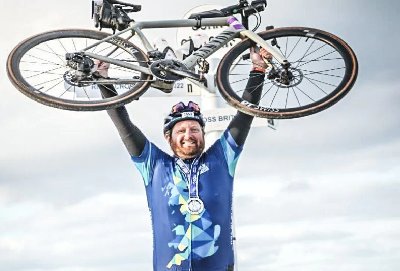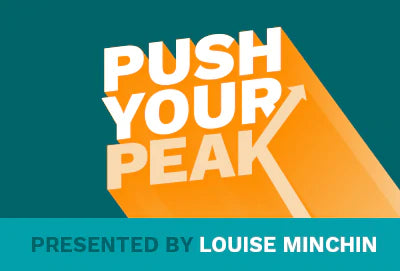Your Cart is Empty
shop
training & apps
support & services
news & information
Advice from the experts: Sweat it out
October 05, 2018 4 min read
Riding a Wattbike offers many advantages when compared to riding outdoors. You can cycle any time of the day, there’s no traffic and intervals may be performed with absolute precision. Further, with the advent of apps such asVirtuGO, you can team up with friends anywhere in the world and complete a training session; all from the relative comfort of your home.
However, that term ‘relative comfort’ is pointed at the one obvious disadvantage of training indoors: it’s hot. We all know the feeling of being covered in sweat from head-to-toe after riding inside. But sweat is just one by-product of a complex series of bodily processes that respond to exercising in a hot environment.
Understanding some of the body’s other regulatory systems and their limits is a step in the right direction to making your next indoor workout more efficient and more comfortable. In this last part of a two-blog series, VirtuGO delve deeper into the science behind hydration and gave us some tips on cooling down on the Wattbike.

SWEAT THE SMALL STUFF
When evaporative cooling cannot take place - as covered in our previous blog - performance will deteriorate and your enjoyment of training will be diminished. If inappropriate clothing is worn for a ride then the evaporation of sweat is further reduced and core temperature will rise.
The ability to cool off by sweating and evaporative cooling is dependent upon the availability of water. When water lost via sweating is not replaced, dehydration occurs. While mild to moderate work rates yield sweat rates of 0.8 – 1.4 litres per hour (L/h) one of the highest sweat rates ever recorded was 3.7L/h during the Marathon at the 1984 Olympic Games.
On the other side of the equation is fluid uptake. The maximum amount of fluid that empties from the stomach during exercise is 0.8-1.2L/h. It is clear to see here that at the upper limit of the normal range a sweat rate of 1.4L/h can only be combated with a rehydration rate of 1.2L/h. This explains why most strenuous bouts of exercise can mean a loss in body weight of 2-8%.
In a hot environment, small to moderate levels of dehydration (2-4%) will lead to a decrease in VO2 max of 10-27% with a corresponding drop in endurance capacity of 22-48%. In this situation blood volume is also reduced increasing its viscosity. Thicker blood is harder for the heart to pump and moves much slower through the circulatory system, resulting in less heat being lost from the skin and a rise in core temperature.
THE IMPORTANCE OF HYDRATION
The kidneys regulate water balance very accurately during normal activity and strenuous exercise. After an indoor training session that produced a significant sweat rate, the kidneys will restore equilibrium in fluid balance within hours provided enough water is consumed. The kidneys achieve this rapid rate of rehydration via two hormones: Aldosterone which targets sodium and chloride balance and Anti Diuretic Hormone (ADH) that controls water balance.
Unless dehydration becomes extreme (exceeding 3% body weight) these two hormones work symbiotically to maintain hydration within 1% of normal limits. Knowing this, it is then logical to expect that the properties of urine will reflect whole body water status. That is: urine should be dilute and slightly opaque when there is an abundance of water within the body (hydrated). The opposite should be true when the body is conserving water (dehydrated) with urine being dark in colour and highly concentrated.
When evaporative cooling cannot take place - as covered in our previous blog - performance will deteriorate and your enjoyment of training will be diminished. If inappropriate clothing is worn for a ride then the evaporation of sweat is further reduced and core temperature will rise.
Finally, it is worth giving salt a mention. Salt is possibly the most important electrolyte. It is involved in the movement of water from the extracellular space to intracellular, nerve conduction and the maintenance of blood volume and blood pressure. Because Sodium is constantly being lost from the kidneys, GI tract and sweat glands its regulation is tightly controlled.
However the average daily diet provides enough sodium to meet the demands of exercise induced sweating. It is only when there is a departure from the normal exercise regime (such ultra marathon activity in a hot environment) that deficiencies appear. So supplementing salt is generally not required.
The following recommendations are based upon some of the complex physiological processes previously described and a fair amount of common sense. The aim is to make your indoor riding experience more comfortable and enjoyable.
TIPS FROM THE EXPERTS
- Make sure you have a fan on when you train indoors and direct the airflow to your forehead and chest. Over half of the bodies sweat glands are located on the chest, back and forehead. If you have a high sweat rate it is a good idea to have a second fan located behind you and aimed at your upper back.
- Most modern cycling bib shorts and jerseys are breathable. However, leaving skin exposed to the air is ideal. For men wearing bib shorts with no shirt is an option and for women a sports bra under your bib shorts will be comfortable.
- Try and encourage airflow within your indoor training room. Open any doors and windows 30 minutes before you start your ride and leave them open for the duration.
- Stay hydrated at all times. Even on days where you are not planning to ride.
References
- Armstrong, L.E. (2000). Performing in Extreme Environments. Champaign, IL. Human Kinetics
- Ashcroft, F (2000). Life at the Extremes. Harper Collins, London.
- Burke, L & Deakin, V. (2006). Clinical Sports Nutrition; 3rd Edition. Sydney. McGraw Hill
Also in Training

Why Benchmarking Matters
December 29, 2025 5 min read
Ever wonder why some athletes make rapid gains while others plateau? The secret isn’t just hard work, it’s benchmarking. Without knowing your starting point, training can be guesswork. The right test, from an FTP or ramp test for endurance to short maximal efforts for power, gives you the data to train smarter, not harder. Benchmarking transforms every session into a targeted, purposeful workout, accelerates progress, and ensures recovery is effective. Plus, regular re-testing keeps your training in sync with your improving fitness, so you stay ahead of stagnation and build sustainable, long-term performance. Discover how to train with clarity, confidence, and measurable results.

Balancing the Gym With Off-Feet Conditioning
December 18, 2025 5 min read
Building lasting fitness isn’t about training more - it’s about training smarter. We want tog ive you the tool toStart Strong, Stay Strong this 2026 and explain how to balance gym-based strength training with off-feet conditioning, to create a structured weekly routine that supports performance, recovery, and consistency. Whether you train three, four, or five days a week, this guide shows how the right training split helps you build strength, improve cardiovascular fitness, reduce injury risk, and maintain momentum throughout 2026 with a plan you can actually stick to with your Wattbike.

Motivation vs Discipline: How to Build Training Habits That Last All Year
December 17, 2025 4 min read
Motivation alone won’t make 2026 your strongest training year - consistency and structure do. Start Strong, Stay Strongexplains how building sustainable habits, using structured training plans, and relying on repeatable routines can help you train consistently, even when you don’t feel like it. From planning sessions like work appointments and setting SMART micro-goals to habit stacking and following structured Wattbike Hub programs, this guide shows how discipline, not willpower, turns intention into action, helping you improve fitness, endurance, and performance all year long.
Get the latest!
News, training tips, offers and more, straight to your inbox.








